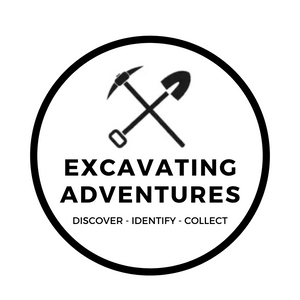Predator Prowl: The Exciting World of Animal Consumers
Dive into the wild and wonderful world of nature's diners: the consumers!
Imagine a thrilling adventure through forests and oceans, where every animal, from the tiniest insect to the grandest lion, plays a part in the great dining drama of the ecosystem. Get ready to explore the fascinating lives of these creatures who can't make their own food but have incredible ways of finding their meals in the vast banquet of nature.
Let’s embark on this exciting exploration together – who knows what amazing consumer secrets we’ll uncover!
Learning Objectives:
- Identify consumers in nature and understand their need to eat other organisms for energy.
- Learn about different consumer diets: herbivores eat plants, carnivores eat meat, and omnivores eat both.
- Explore the importance of consumers in maintaining the balance of nature’s food chain.
- Discover the diversity of consumers, including tiny creatures like bees and small fish.
- Understand how protecting the environment supports various animal consumers and maintains ecological harmony.
What Are Consumers?
Did you know that in nature, there are creatures called consumers? These are animals that can't make their own food like plants do. Instead, they eat plants or other animals to get the energy they need. It’s a bit like how we need to eat breakfast, lunch, and dinner!
What Do Consumers Eat?
Consumers have different diets. Some, called herbivores, only eat plants. Can you imagine only eating salads every day? Then there are carnivores, which eat other animals – like a lion! And there's another group, omnivores, that eat both plants and animals. We humans are omnivores because we can eat a carrot as well as a hamburger.
Why Are Consumers Important?
Consumers play a big game of tag in nature called the food chain. Herbivores start the game by eating plants. Then carnivores may eat herbivores. Each consumer has a role, keeping nature balanced. Without consumers, things would get out of control – too many plants or too many of one animal!
Can Consumers Be Tiny Too?
Absolutely! Not all consumers are big like bears and lions. Many are tiny, like bees that consume nectar from flowers, or small fish that eat algae. These little consumers are super important for the environment. They help pollinate flowers or clean water bodies by eating algae and small particles.
How Can We Help Animal Consumers?
We can be friends to these animal consumers! Keeping our environment clean and not polluting helps a lot. Planting trees and flowers provides food for many consumers. Also, learning about them and respecting their homes in nature makes a huge difference. When we take care of nature, we take care of all the consumers living in it.
From the tiny bee to the mighty lion, consumers are an essential part of nature’s big family. Each time you see an animal, big or small, remember that it’s playing an important role in keeping our planet healthy and happy!
Consumers Fun Facts:
- Consumers are animals that cannot make their own food and must eat plants or other animals for energy.
- There are different types of consumers: herbivores eat only plants, carnivores eat other animals, and omnivores consume both.
- Consumers are vital for maintaining balance in nature's food chain, each playing a unique role in the ecosystem.
- Consumers can be of any size, from small bees and fish that play important roles in their environments to large predators.
- Protecting natural habitats and keeping environments clean is crucial to supporting the health and survival of various consumers.











